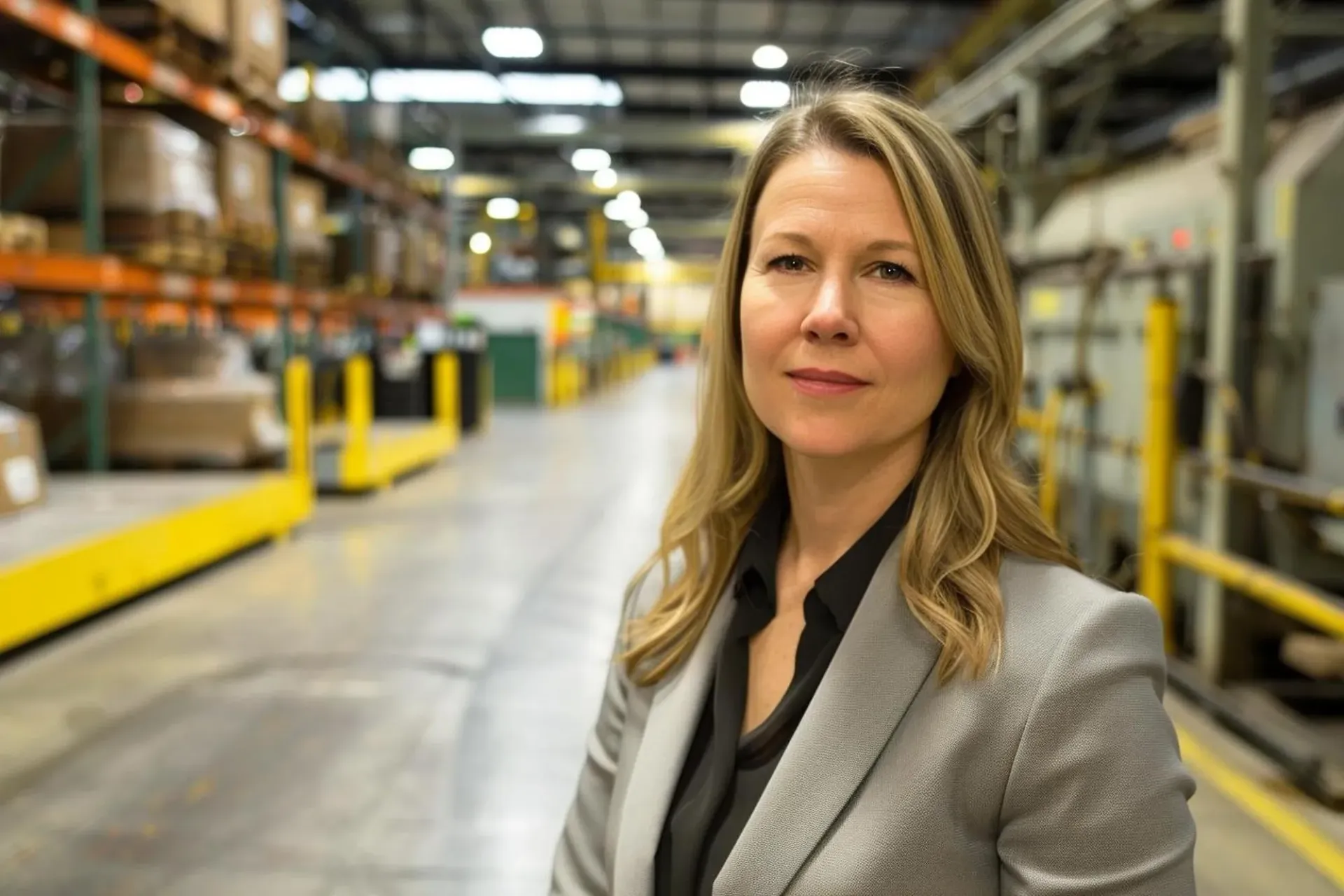A Merger Boom, But At What Cost?
Australian FMCG is undergoing the biggest wave of consolidation in over a decade. In 2024 alone, 996 deals were completed, totalling
US$92.3 billion — a leap in both volume and value compared to 2023.
Lower interest rates, falling inflation, and relative geopolitical stability have created ideal M&A conditions. Private capital reserves reached $37 billion last year, and the appetite for acquisition is fierce. But behind the headlines is a more complex reality: most mergers fail to deliver value. And in FMCG, where integration is fast, complex, and customer-facing, leadership—not leverage—is the decisive factor.
Why FMCG Leaders Are Going All-In
- Market consolidation: Chemist Warehouse’s
$32 billion merger with Sigma Healthcare in 2025 formed the 22nd largest company on the ASX, uniting major pharmacy banners under one strategic banner.
- Portfolio diversification:
Retail Food Group’s long-term partnership with Firehouse Subs brings 165 US-style stores into Australia, targeting the $1.7B sandwich segment.
- Efficiency plays: The 2024 three-way merger of SPC, The Original Juice Co, and Nature One created a
$400 million powerhouse focused on streamlining cost bases in response to rising energy, logistics, and wage costs.
Where the Synergies Fall Apart
Globally, up to 75% of executives leave within three years of a merger. Integration timelines blow out by 18 months. Productivity drops. Customers leave. Cultures clash.
Australian firms are not immune. Case studies in banking and food manufacturing show that unless cultural and operational integration is led from the top, the deal thesis begins to unravel.
During the
Westpac-St.George merger, staff turnover fell from 14% to 6% — not by chance, but because senior leaders invested heavily in communication, transparency, and cultural planning.
Leadership Is the Post-Merger Differentiator
A study of
five Australian FMCG M&As found that financial performance improved post-deal — but only where executive leadership actively drove the integration process.
Effective post-merger leaders focus on:
- Strategic alignment between boards and operational teams
- Retention of key mid-level and site-level talent
- Integration of IT, supply chain, and reporting systems
- Real-time cultural monitoring and responsiveness
In contrast, integration led solely by consultants or buried under functional leadership creates blind spots — especially around speed, accountability, and workforce confidence.
Regulation Is Coming. The Clock Is Ticking.
In 2024, the Australian government announced
major reforms to competition law. The ACCC will implement a single mandatory merger regime from 2026 — one designed to tighten scrutiny on retail and FMCG consolidation.
Deals involving dominant suppliers or retail networks will face more intensive review — not just for pricing pressure, but for structural market control. Executive teams need to get ahead of this scrutiny by building clear, proactive integration narratives from day one.
The Future of M&A Belongs to the Integrators
Australia’s FMCG leaders have $92.3 billion worth of deals behind them — and $37 billion more potentially in play. The question isn’t whether they can close. It’s whether they can integrate.
The winners will:
- Deploy leadership at every level — not just the C-suite
- Align boards, investors, and operations around a single transformation narrative
- Integrate culture, systems, and structure simultaneously — not sequentially
The losers? They’ll confuse cost-cutting with strategy, let culture become someone else’s job, and assume the spreadsheet takes care of itself.
FMCG doesn’t need more dealmakers. It needs more integrators.
That’s the $92.3 billion question.


